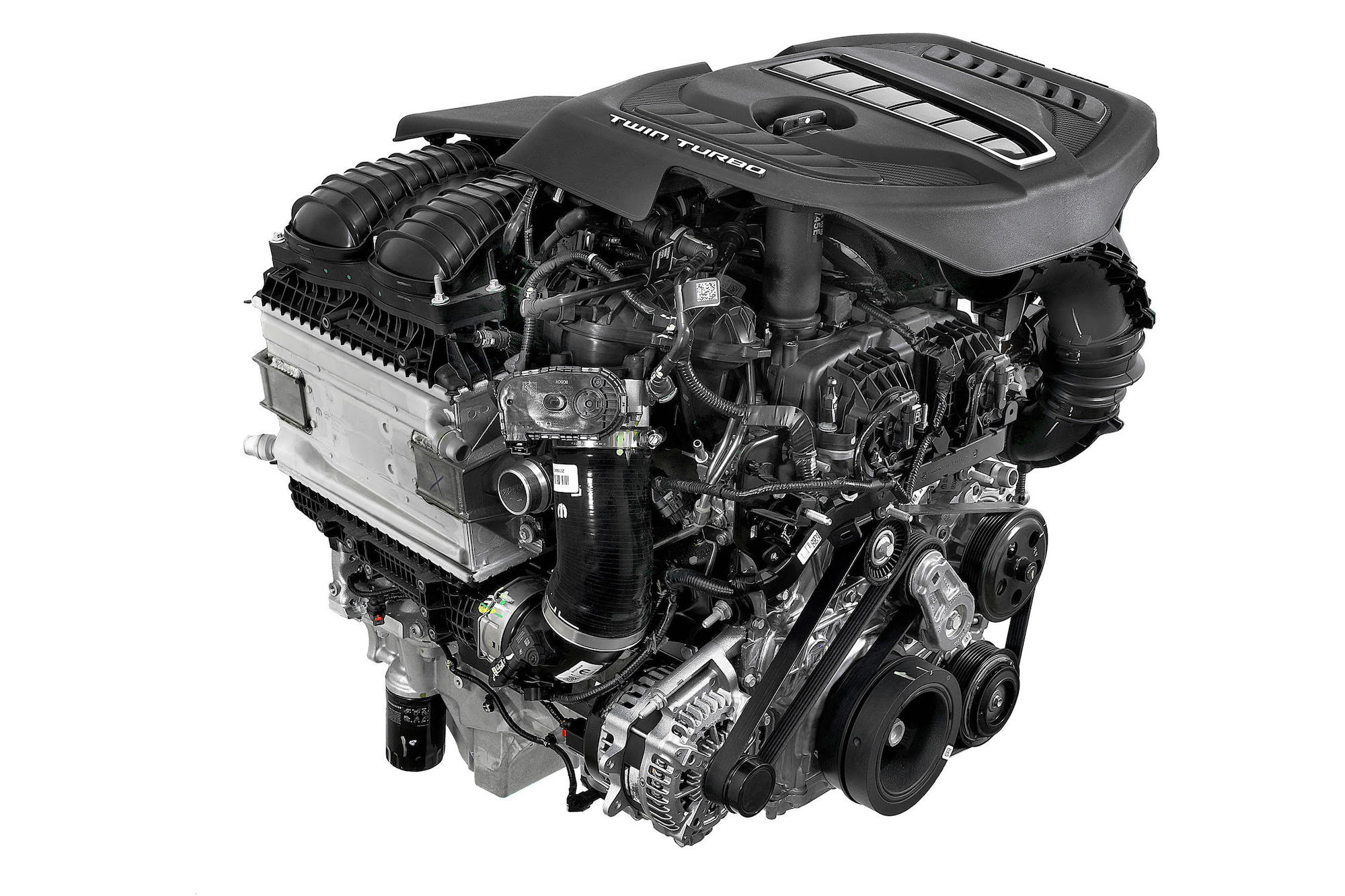The Mission for Ultimate Driving Power: Checking Out the Peak of Engine Performance and Technological Developments in the Automotive Market
In the realm of vehicle design, the quest of maximum driving power has actually been a relentless quest that has unravelled through the development of engine style and the combination of cutting-edge technologies. From the careful workmanship of burning engines to the quick advancements in electric propulsion systems, the automobile market stands at the cusp of a new period identified by extraordinary performance capabilities.
Advancement of Engine Style

In addition, the integration of turbocharging and turbo charging innovations has actually revolutionized engine style by boosting power without dramatically increasing engine size. These forced induction systems compress the intake air, allowing for more gas to be combusted, therefore generating greater power result from a smaller engine. This innovation has been particularly critical in boosting the performance of smaller displacement engines while maintaining gas performance standards.

Performance-Enhancing Gas Technologies
The execution of innovative gas technologies has dramatically contributed to improving engine efficiency in modern vehicles. Biofuels, obtained from renewable sources like sugarcane, corn, or algae, offer decreased emissions and improved engine effectiveness. In addition, gas additives and detergents are being created to clean engine parts, optimize burning, and minimize friction, thereby boosting total car efficiency.
Innovations in Electric Propulsion
Considerable strides in electric propulsion modern technology have revolutionized the automotive industry, leading the way for a brand-new age of reliable and sustainable transport. Electric cars (EVs) are gaining appeal as a result of their ecological advantages and advancements in battery innovation, making it possible for longer driving arrays and shorter billing times. Manufacturers are investing heavily in r & d to improve the performance of electric propulsion systems, focusing on enhancing power outcome, boosting energy effectiveness, and reducing overall weight.
One noteworthy breakthrough in electric propulsion is the development of advanced electrical motors that supply higher torque and power thickness, resulting in improved velocity and general driving efficiency. Furthermore, regenerative stopping systems have been improved to catch and save energy throughout deceleration, additional improving the effectiveness of EVs.
In addition, the combination of wise technologies, such as expert system and predictive analytics, is optimizing the administration of electric propulsion systems, making certain ideal performance under numerous driving conditions. These developments in electric propulsion are improving the vehicle landscape, driving the industry in the direction of a more lasting and electrified future.
Influence of Computational Liquid Dynamics
With advancements in electrical propulsion pressing the boundaries of vehicle technology, the integration of Computational Liquid Characteristics is playing an essential role in enhancing wind resistant efficiency and enhancing overall effectiveness in vehicle design. Computational Fluid Characteristics (CFD) entails using computer system simulations to assess the flow of air around a vehicle, making it possible for designers to visit our website predict exactly how design adjustments will impact the rules of aerodynamics without the requirement for pricey physical prototypes. By accurately modeling air movement patterns, CFD enables the refinement of lorry forms to lower drag, enhance air conditioning, and enhance security.
One secret advantage of utilizing CFD in vehicle style is the capability to repeat quickly, checking out numerous style variations to identify the most aerodynamically efficient solutions. This repetitive process leads to vehicles that are not just sleeker and a lot more aesthetically appealing yet also extra eco pleasant and fuel-efficient. CFD allows engineers to enhance air flow around elements such as radiators, engine bays, and wheel wells, contributing to improved efficiency and general driving experience. To conclude, the assimilation of Computational Liquid Dynamics represents a considerable progression in the pursuit for supreme driving power and effectiveness in the automotive industry.
Future Fads in Engine Technology
In the dynamic landscape of vehicle engineering, cutting-edge innovations are shaping the future trajectory of engine innovation. The future of engine layout is marked by a solid focus on sustainability, performance, and performance. Producers are significantly concentrating on developing engines that not only provide high power results yet additionally focus on environmental duty by minimizing discharges and improving gas performance.
One popular pattern in engine innovation is the surge of electrification. Crossbreed and electrical powertrains are acquiring grip as practical choices to conventional combustion engines. These innovations provide the capacity for considerable reductions in carbon discharges and enhanced energy efficiency, straightening with international efforts to deal with environment adjustment.
Furthermore, innovations in materials scientific research and manufacturing techniques are allowing the production of lighter and more resilient engine parts. This change towards my blog light-weight products such as carbon fiber and light weight aluminum alloys adds to enhanced performance and gas economic situation.
Conclusion
In conclusion, the pursuit of supreme driving power in the automobile industry remains to drive improvements in engine style, fuel innovations, continue reading this electrical propulsion, and computational fluid characteristics. The evolution of these technologies is shaping the future of engine innovation, leading the way for extra reliable and effective vehicles (engines for africa). As the sector remains to push the boundaries of what is feasible, we can anticipate to see a lot more innovative developments in the quest for peak efficiency
One of the crucial turning points in engine design evolution is the change from typical carbureted engines to contemporary fuel-injected systems. By precisely metering the gas distribution to each cylinder, fuel-injected engines optimize burning, resulting in much better efficiency and reduced ecological effect.
Additionally, the assimilation of turbocharging and turbo charging technologies has actually transformed engine design by enhancing power without substantially enhancing engine dimension (engines for africa).The application of innovative fuel modern technologies has significantly added to enhancing engine efficiency in modern lorries. Additionally, gas additives and cleaning agents are being formulated to tidy engine components, maximize combustion, and minimize friction, consequently increasing total car efficiency